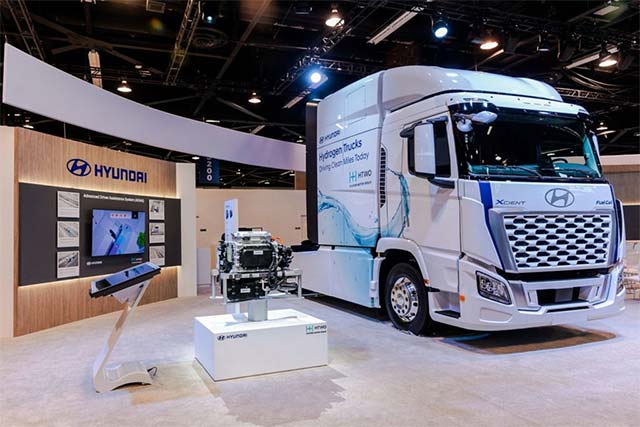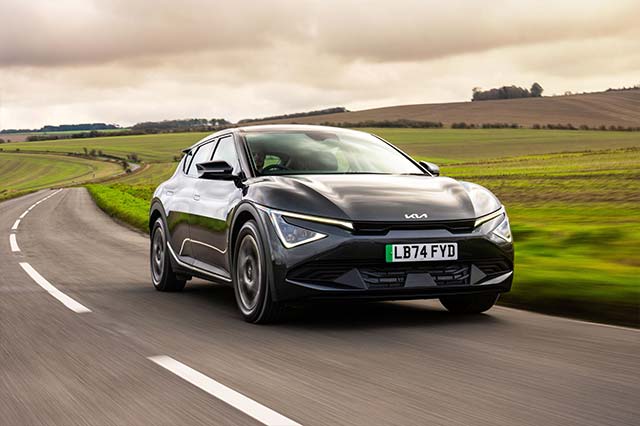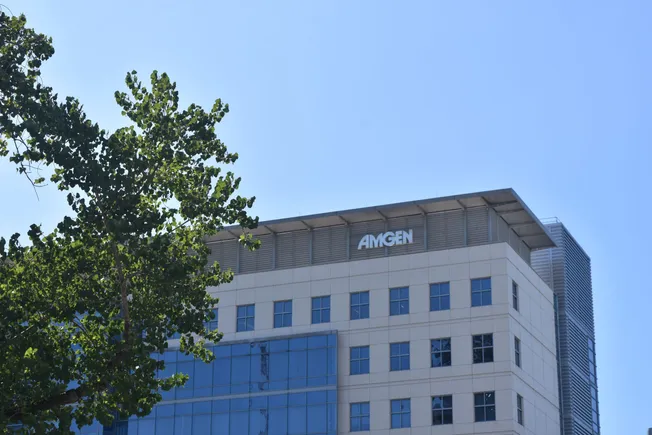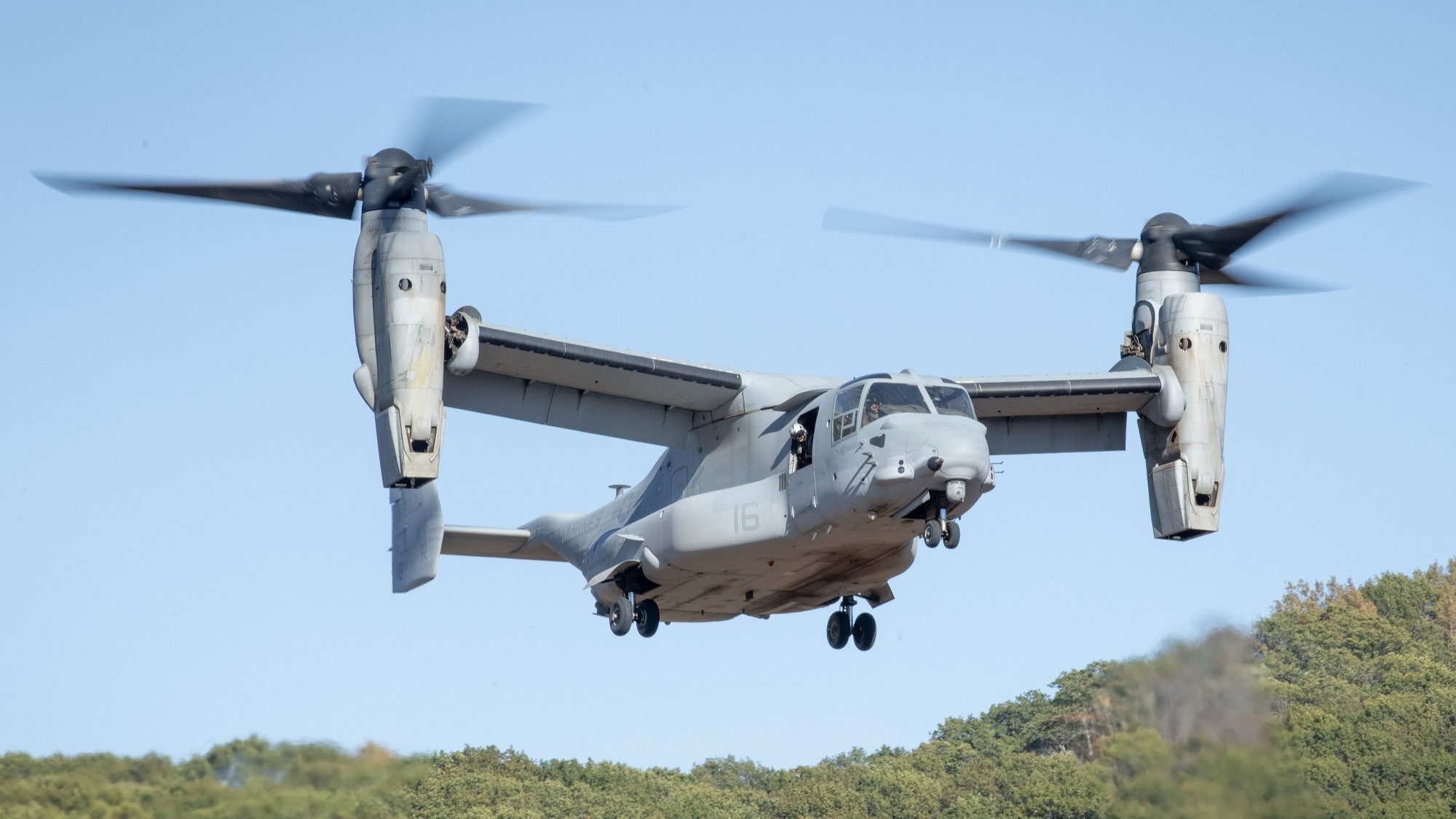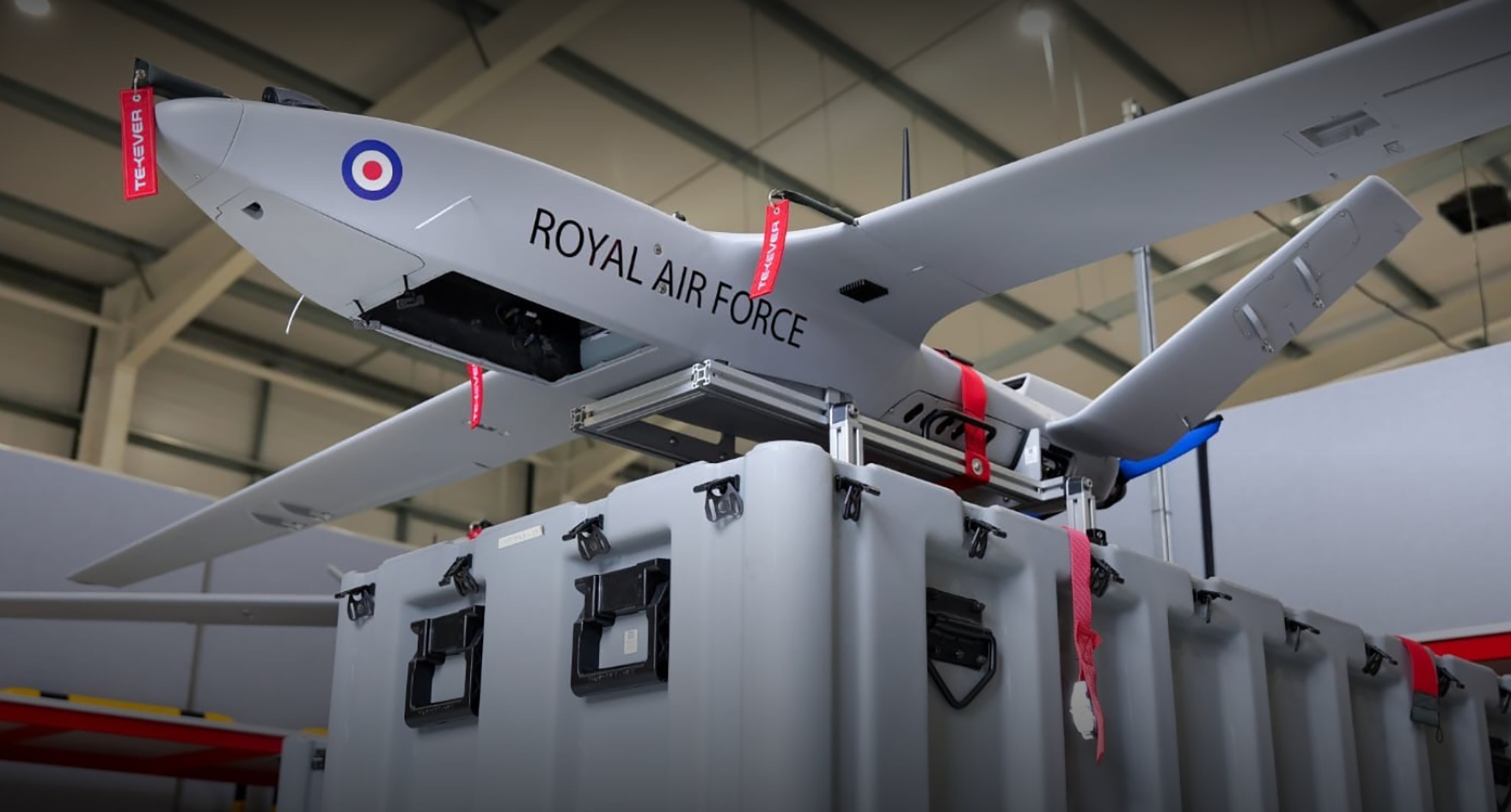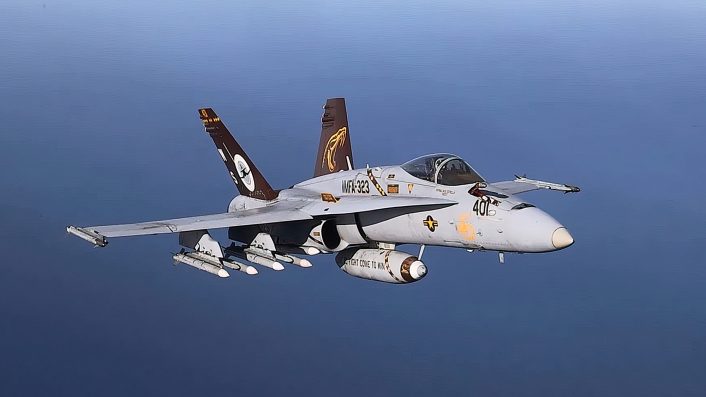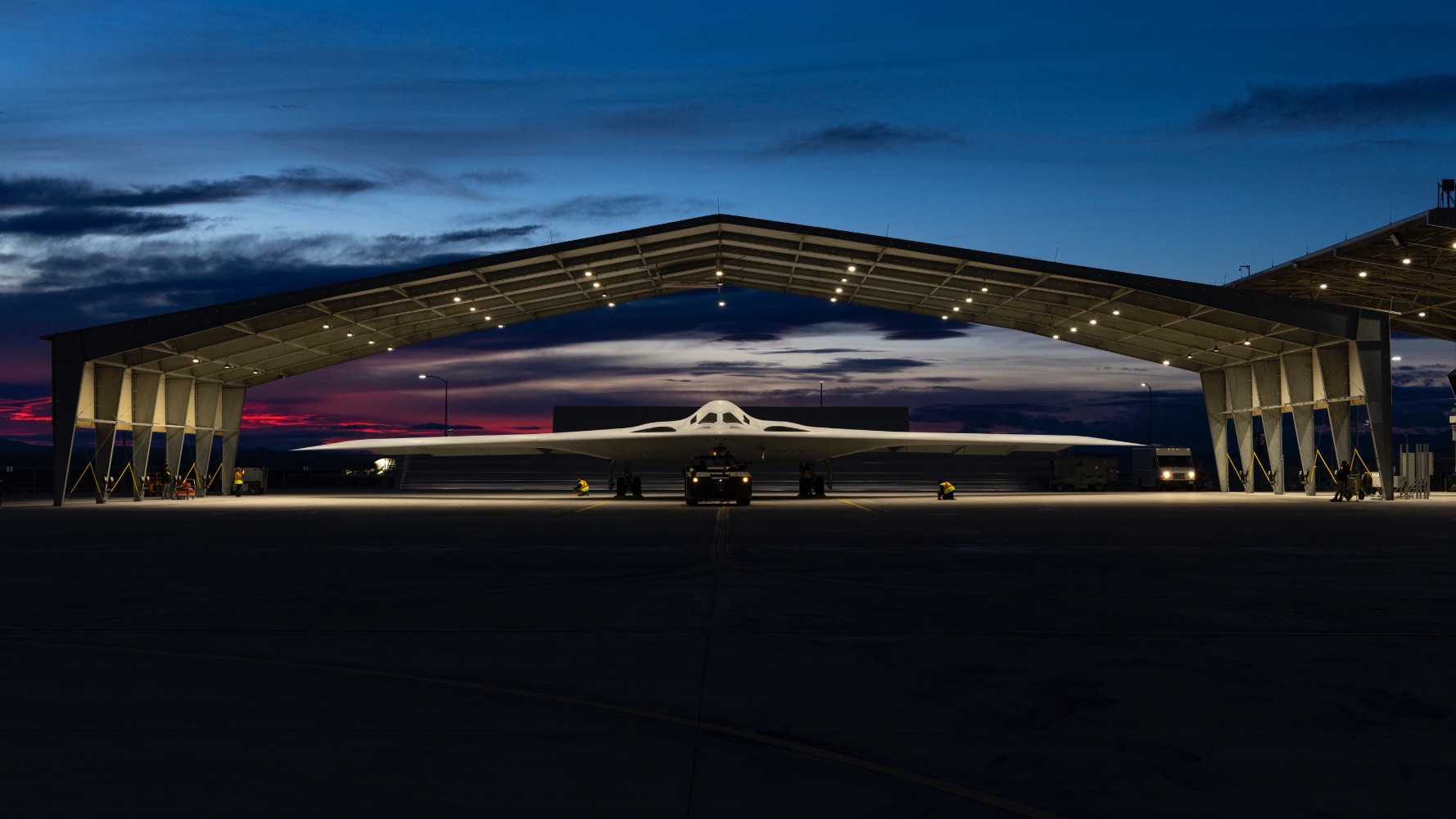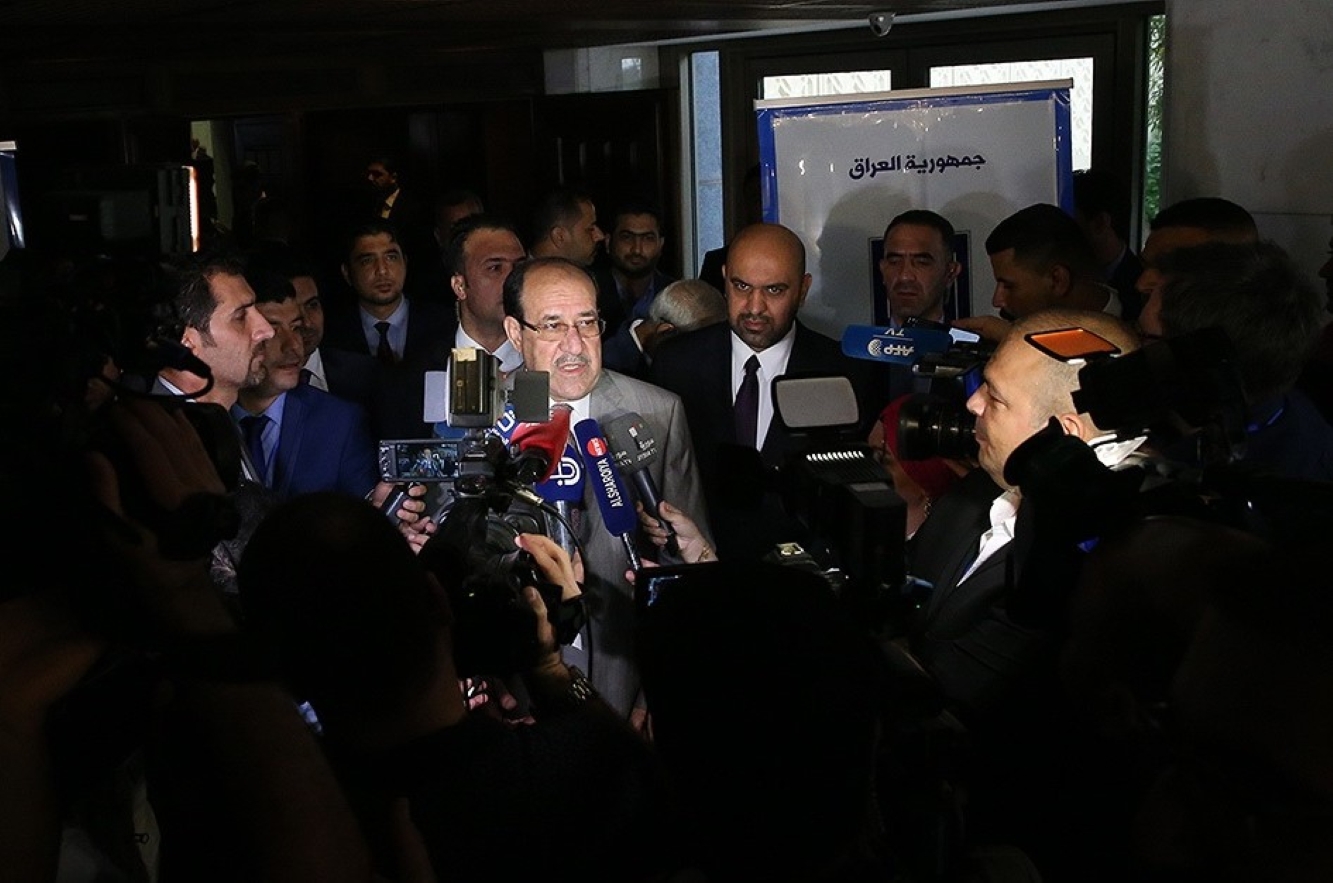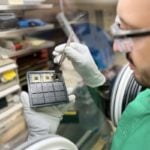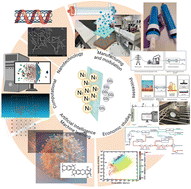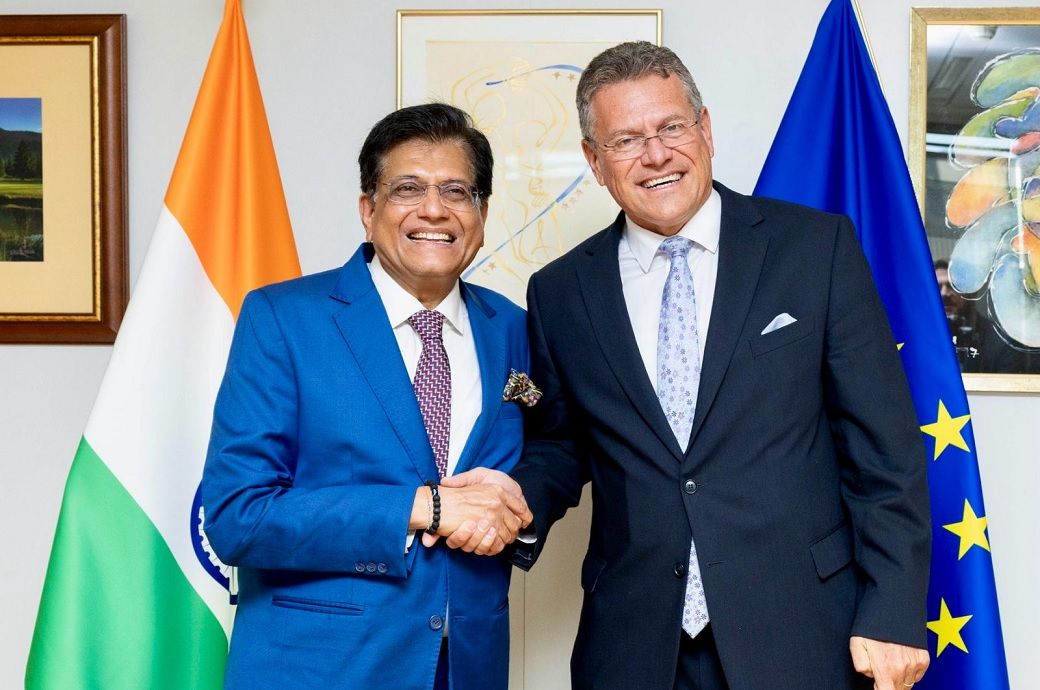UK welcomes new StormShroud autonomous drones
The Royal Air Force said in a statement, “In a world of increasing threat to the UK and our NATO allies, StormShroud will serve as a powerful deterrent to potential aggressors.”


The UK Royal Air Force’s new StormShroud drone has been designed to support F-35B Lightning and Typhoon pilots by “blinding enemy radars” (UK Royal Air Force)
BELFAST — A first UK Royal Air Force (RAF) autonomous collaborative platform (ACP) drone, labelled StormShroud, entered into service today, with a “family” of others planned for future delivery, according to a joint statement from British Prime Minister Keir Starmer and the UK MoD.
The new StormShroud aircraft combines the UK-Portuguese Tekever 3 tactical uncrewed aerial system (UAS) with Leonardo UK’s BriteStorm stand-in jammer, effectively transforming it into an ACP with suppression of enemy air defense (SEAD) capabilities and the ability to work in tandem with RAF fighter jets in contested airspace.
Developed from lessons learned in Ukraine and part of an “initial” £19 million ($25.3 million) procurement, the UK statement said that StormShroud “is a groundbreaking first-of-its-kind drone that will make the RAF’s world-class combat aircraft more survivable and more lethal.”
In a supporting statement the RAF said, “In a world of increasing threat to the UK and our NATO allies, StormShroud will serve as a powerful deterrent to potential aggressors.”
Similarly, Leonardo said in a release that the ACP “provides a new way for UK Armed Forces to deal with increasingly capable air defence systems.”
Aircraft numbers on order were not disclosed by officials, but the fleet will be operated by the RAF’s 216 Squadron, the UK’s single ACP and loyal wingman unit. The UK expects to operate a “suite” of ACPs by 2030, according to its ACP strategy.
The ACP program is similar in style to the US Air Force’s Collaborative Combat Aircraft (CCA) effort and much like it, the drones are of interest to increase combat mass. What sets apart the ACP from the CCA is an alignment to the trilateral Global Combat Air Programme (GCAP) that targets entry to service of a sixth-generation fighter jet and/or ACPs by 2035.
The Tekever 3 aircraft has flown in Ukraine, but it remains unclear when the StormShroud ACP concept of operations could be first used in combat as neither of the RAF’s F-35B fifth-generation or Eurofighter Typhoon fighter jets have been supplied or deployed to Ukraine, and strike missions in the Middle East typically involve deployment of Paveway IV bombs.
“In revolutionary new tactics, the [Stormshroud] drones support aircraft like Typhoon and F35 Lightning, by confusing enemy radars and allowing combat aircraft to attack targets unseen,” added the Prime Minister’s Office and MoD statement. “This means for the first time, the RAF will benefit from high-end electronic warfare without needing crew to man it, freeing them up for other vital frontline missions.”
BriteStorm, the Electronic Warfare backbone of StormShroud, is a 2.5-kilogram (5.5 pound) airborne countermeasure designed to suppress Integrated Air Defense Systems (IADS), and as Breaking Defense previously reported, was initially involved in successful flight trials with the UK’s Rapid Capabilities Office — a future technologies and test agency.
Michael Lee, the vice president of electric warfare sales at Leonardo, told media during a briefing today that BriteStorm has entered low-rate initial production.
The baseline Tekever AR3 platform for Stormshroud and the TR5 have together logged over 10,000 flight hours for the Ukraine armed forces, according to the joint UK statement.
Tekever CEO Ricardo Mendes told reporters that the main priority for the AR3 in its StormShroud guise is to “carry the [BriteStorm] payload” and make sure “it arrives, it survives where it’s needed,” including when multiple aircraft are deployed as a drone swarm, within “complex RF” environments.
He added that the company plans on adding “more and more updates” to the TR3 so it remains “current” or adapted to stay ahead of new threats, and to date, survivability of the aircraft has been “extremely high.”
Mendes said that at a UK level production of AR3, which is manufactured out of west Wales and Southampton, is set to expand “within the next months and years,” but did not share aircraft numbers. He revealed manufacturing of AR5 is also “starting,” adding that “we’ll work towards” an agreement with the RAF on a future order of the larger fixed wing UAS.
Aligned to the company’s AI and autonomy-focused Overmatch program, Tekever also said in a statement today that it will invest an additional £400 million in the UK over the next five years to support “research, infrastructure, and defence technology development.”
On Monday, UK Chief of Defence Staff Adm. Tony Radakin told a UK public accounts committee hearing that the MoD had introduced a so-called “3-2-1” strategy to drive faster procurements in support of Ukraine and that it works off a blueprint of determining how much to spend, a “problem set” and “going to market” for solutions.
He noted that a typical end result would see two products being delivered and tested in Ukraine, with procurements then scaled accordingly.
“That’s really, really powerful in terms of the effect that it’s having on the battlefield, but it’s also transforming the relationship we’ve got with SMEs and with the private equity and venture capitalists that support them, because if you can get the procurement timescales down to three months, suddenly you’re now in the timescale that are attractive to that VC and PE community,” he explained. “That’s really exciting, and you’ll see a lot more of that to come.”
Baillie Gifford, a Scottish investment management company, is a significant investor in Tekever and led a €70 million ($79.3 million) funding round on behalf of the manufacturer last year, noted Tekever in a statement at the time. Other investors included the NATO Innovation Fund, the UK’s National Security Strategic Investment Fund, Crescent Cove Advisors LP — a Silicon Valley-based investment firm — and Portugal’s Iberis Semper private equity and venture capital group.











